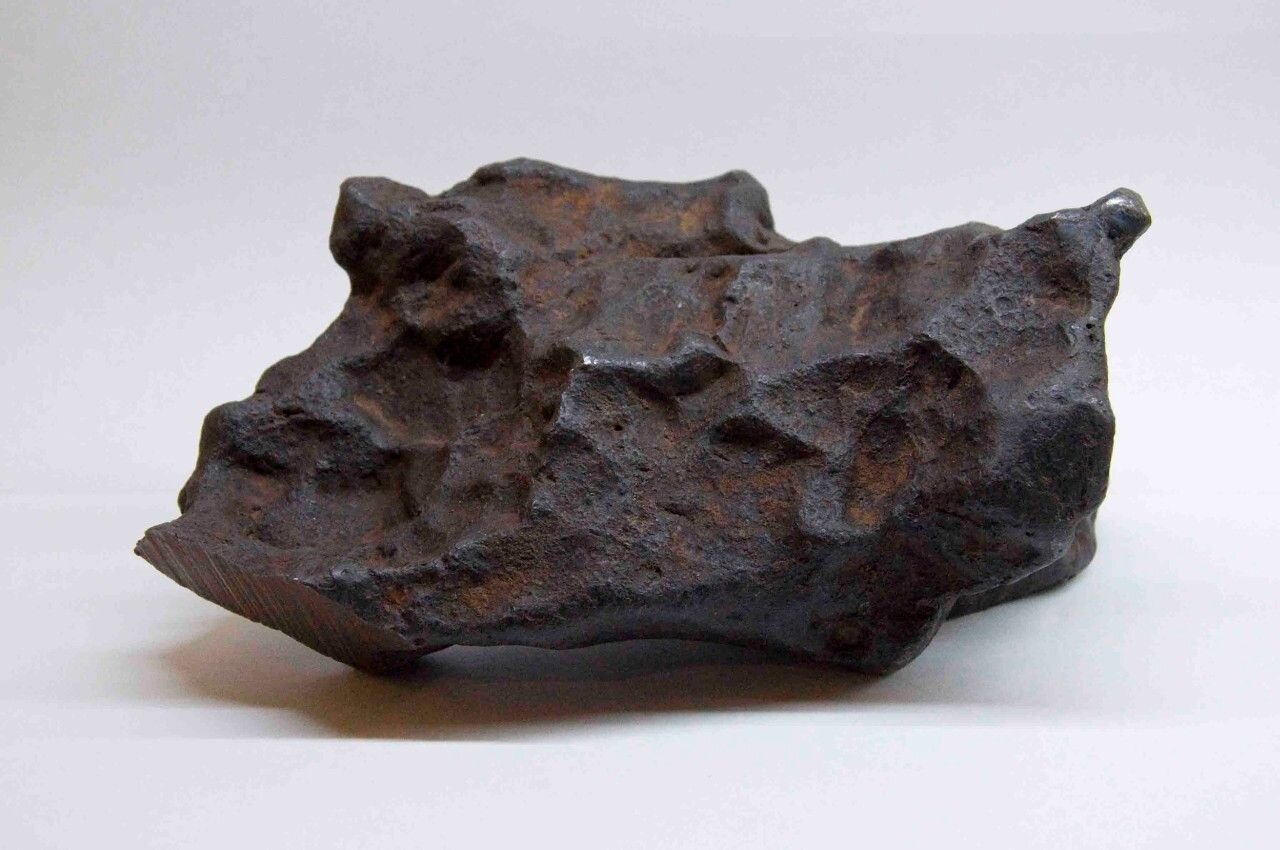Astronomers are investigating what our Solar System looked like at the beginning of its existence. Meteorites suggested that the solid materials in it were not distributed in the way scientists had previously thought.

Meteorites tell the early history of the Solar System
Four and a half billion years ago, our Solar System was a cloud of gas and dust that circled the star until it gathered into planets and asteroids. We can now judge it only from meteorites that have fallen to Earth. Recently, scientists have conducted a new study of them and found unexpected facts.
In a paper published in the Proceedings of the National Academy of Sciences, a team of planet scientists from the University of California, Los Angeles, and the Johns Hopkins University Applied Physics Laboratory reports that refractory metals that condense at high temperatures, such as iridium and platinum, were more common in meteorites formed in the outer disk, which was cold and far from the Sun. These metals should have formed closer to the Sun, where temperatures were much higher. Was there any way they could have made the journey from there to where we see them now?
Most meteorites formed during the first few million years of the Solar System’s history. Some meteorites, called chondrites, are unmelted conglomerates of grains and dust left over from the formation of planets. Other meteorites experienced enough heat to melt during the formation of their parent asteroids. When these asteroids melted, the silicate and metal parts separated because of the difference in density, just as water and oil don’t mix.
Iron meteorites come from the metallic cores of the oldest asteroids, older than any other rocks or celestial objects in our Solar System. The iron contains molybdenum isotopes that point to different locations on the protoplanetary disk where these meteorites formed. This allows scientists to learn what the chemical composition of the disk was like in its embryonic state.
What did our system’s protoplanetary disk look like in the beginning?
Previous studies using the Atacama Large Millimeter/submillimeter Array in Chile have found many disks around other stars that resemble concentric rings like a dart board. The rings of these planetary disks, such as HL Taurus, are separated by physical gaps, so such a disk could not provide a path for transporting these refractory metals from the inner disk to the outer disk.
A new paper suggests that our solar disk probably didn’t have a ring structure in the beginning. Instead, our planetary disk was more like a donut, and asteroids with metal grains rich in iridium and platinum migrated toward the outer disk as it rapidly expanded.
But this presented researchers with another mystery. After the disk expands, gravity should have pulled these metals back toward the Sun. But it didn’t.
“Once Jupiter formed, it very likely opened a physical gap that trapped the iridium and platinum metals in the outer disk and prevented them from falling into the sun,” said first author Bidong Zhang, a planetary scientist. at the University of California, Los Angeles.
These metals were later included in the asteroids that formed in the outer disk. This explains why meteorites formed in the outer disk — carbon chondrites and carbon-type iron meteorites have much higher iridium and platinum contents than their counterparts in the inner parts of the system.
According to phys.org


